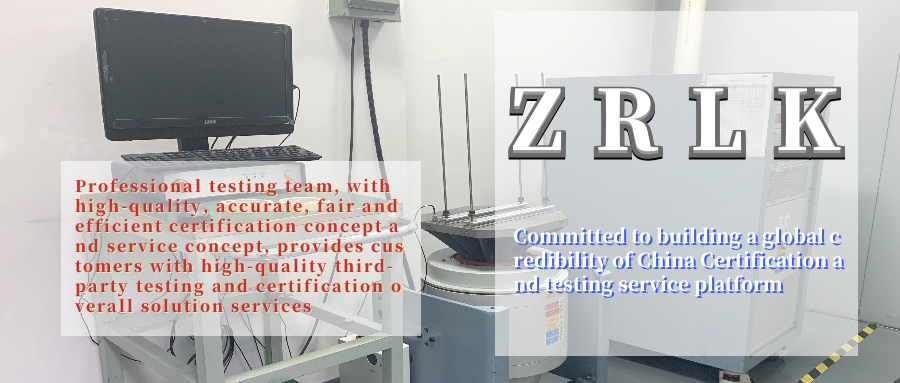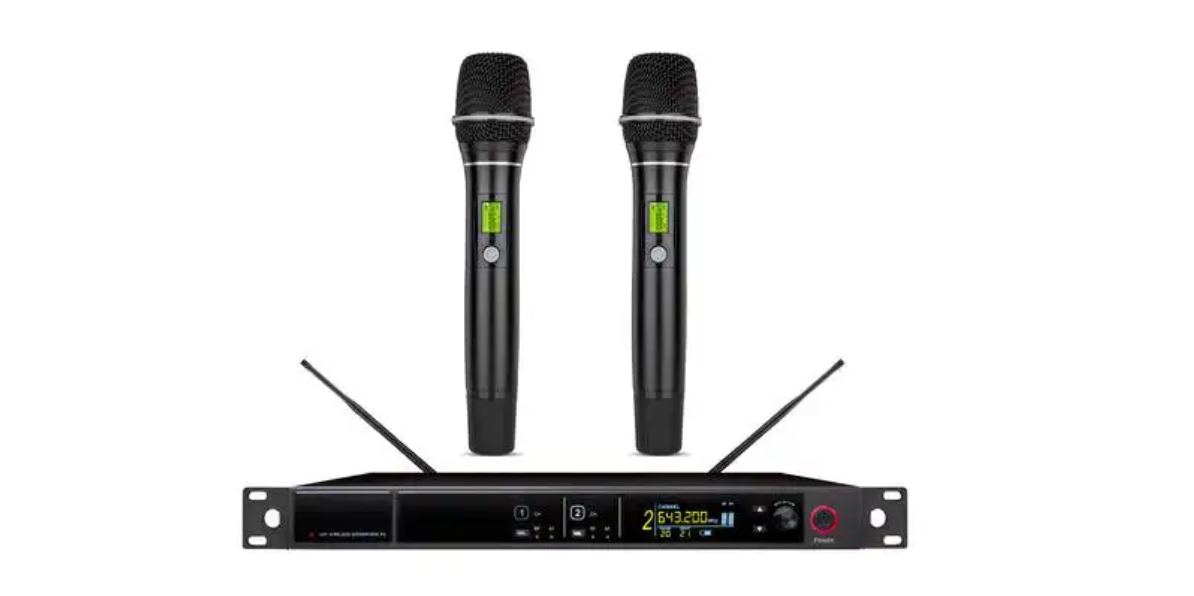
basic introduction
EN71 is the normative standard for toy products in the EU market. Children are the most concerned and cherished group in the whole society. The toy market that children generally love is developing rapidly. At the same time, various types of toys have caused injuries to children due to quality problems in various aspects. Requirements are becoming increasingly strict. Many countries have established their own safety regulations for these products, and production companies must ensure that their products meet relevant standards before being sold in the region. The manufacturer must be responsible for accidents caused by production defects, poor design, or the use of inappropriate materials. As a result, the EN71 certification decree for toys was launched in Europe, which means that the technical specifications of toy products entering the European market are implemented through the EN71 standard, thereby reducing or avoiding the harm of toys to children.
Latest revision
EN 71-1:2005 + A9:2009 released the latest revision 9, approved by CEN (European Committee for Standardization) on May 23, 2009, and finally released by CEN Technical Committee CEN/TC52 "Safety of Toys" in July 2009 Version (EN 71-1:2005 +A9:2009), covering previously published revisions. The European Commission officially published the new toy safety coordination standard EN71-1:2011 in the Official Journal of the European Union (OJEU) on June 18, 2011. The new harmonized standards are based on the new toy safety directive 2009/48/EC (effective date: July 20, 2011). According to the requirements of the new toy safety directive, all toys placed on the EU market after July 20, 2011 must comply with the new harmonized toy standard EN71-1:2011.
The new version (EN 71-1:2005 + A9:2009) supersedes EN 71-1:2005 + A8:2009 and requires its member states* to adopt and publish a new version as a national standard, and to withdraw it in January 2010 at the latest This conflicting national standard.
The amendment has not been published in the Official Journal of the European Union. The process of adopting and changing standards is very complicated. First, the national authorities, laboratories and consumer organizations among the industry representatives of CEN (European Committee for Standardization) agreed to change the standard after discussion, and then CEN issued the EN 71 standard. However, the standards issued by CEN may not necessarily become a unified standard. Only after the European Commission has published this standard in the Official Journal of the European Union will it become a unified standard. It was only accepted after the publication of this standard in the Official Journal of the European Union that it met the basic requirements of the Toy Directive. Therefore, before the standard becomes a regulation, it needs to go through the following two releases:
1. Published by CEN (European Committee for Standardization);
2. After being published by the European Commission in the Official Journal of the European Union, it can be used as a unified standard.
In addition to the increase in the early warning requirements for rocking horses and similar toys, the A7 revision has mainly undergone editorial revisions. For the age warning that is not suitable for children under 36 months of age, a large description has been added.
Revision A8 clarifies the safety requirements for magnet toys. However, this requirement does not apply to functional magnets in electrical or electronic component toys (eg, motors, relays, speakers, etc.) and all magnets/electrical test devices with a magnetic flux coefficient of less than 50kG2mm2, or those that cannot fully enter the measuring cylinder of small objects Magnet/electrical test device. The packaging and instructions for the magnet/electrical test device should carry a warning sign:
"Warning! Not suitable for children under 8 years of age. This product contains small magnets. Swallowing magnets may form intestinal adhesions that can cause serious injury. If you swallow magnets by mistake, please consult a doctor in time."
The revised version of A8 also applies to the safety warning requirements for magnet toys in EC Directive 2008/329/EC 2,3.
Certification standards
EN 71 Part 1
1 Material | 12 Balloon |
2 Assembly | 13 Ropes for toy kites and other flying toys |
3 Flexible plastic film | 14 Shell |
4 Toy bags | 15 toys that can bear the weight of children |
5 Glass | 16 heavy stationary toys |
6 Expansion materials | 17 toy projectiles |
7 Edge | 18 Water toys |
8 Tips and wires | 19 Detonators specially designed for toys |
9 raised parts | 20 Acoustic toys |
10 There are parts that move with each other | 21 Toys with heat source |
11 mouth moving toys |
EN 71 Part 2
2. EN 71 Part 2: 1993-flammability Test
(a)Finished Product
(b) Pile fabric or material
EN 71 Part 3
3. EN 71 Part 3: 1994-Toxic Elements Test (19 Toxic Elements Results)
Toxic metal dissolution test (test results of 19 toxic metal elements)
Lead, mercury, cadmium, chromium, arsenic, selenium, barium, antimony, etc.
EN 71 Part 4
4. EN 71 Part 4: Experimental Set for Chemistry
EN 71 Part 5
5. EN 71 Part 5:Chemisty Toys(Sets) Other than Experimental Sets
EN 71 Part 6
6. EN 71 Part 6: Graphical Symbol for Age Warning Labelling.
EN 71 Part 7
7. EN 71 Part 7 Finger Paints
(a)Colorants
(b) Preservatives
(c) Binding agents, extenders, humectants and surfactants, ingredient review binders, additives, moisturizers, surfactants, ingredient evaluation
(d) Limits for the of Transfer certain elements
(e)Limits for primar aromatic amines
(f) Ethanol ethanol
(g) pH value
(h) Product information & Container
EN 71 Part 8
8. Swing, slide and similar toys for indoor and outdoor home entertainment
EN 71 Part 9
9. General requirements for organic compounds in toys
EN71-9 General Requirements for Organic Compounds—Specifies the total migration amount of toxic compounds present in each toy or toy material in the following exposure modes: contact with mouth; possible ingestion; skin contact; eye contact; inhalation.
Products within the standard range include toys designed for children under 3 years of age (because these toys may be chewed in the mouth by children), and products designed for older children (these products may contact the mouth of children , Skin or inhalation by children.)
Specific products or toy parts within the scope of the standard include:
Toys that may be chewed in the mouth by children under 3
Toys under the age of three who play with hands and weigh less than or equal to 150 grams or accessible parts of toys,
Toys designed for children under three years of age and accessible toy parts
Oral contact parts of mouth-actuated toys
Toys worn on the mouth or nose
Toys that children can enter
Parts of patterning device used as or in toys
Toys used indoors and accessible toy parts
Toys used outdoors and accessible toy parts
Toys or toy parts that imitate food designs
Solid toy materials that may leave traces
Colored liquids easily accessible in toys
Colorless liquid easily accessible in toys
Model clay, toy clay or similar products, except for chemical toys mentioned in EN 71-5
Balloon manufacturing parts
Imitation totem with adhesive
Imitation jewelry
The scope of restricted substances is particularly wide, including flame retardants, colorants, aromatic amines, monomer substances, solvent migration, inhalable solvents, wood preservatives (indoor and outdoor), other preservatives and plasticizers.
EN 71 Part 10
10. Sample preparation and extraction of organic compounds
EN 71 Part 11
11. Analysis methods of organic compounds
EN 50088
EN 50088-Electric Toy Safety Test
EMC Directive 89/336/EEC
EMC Directive 89/336/EEC EC electromagnetic compatibility test
(a) Motorised Toys EN 55022 motor-driven toys
EN71 details
EN71-1: Safety of toys-Part 1: Physical and mechanical properties
EN71-2: Toy safety-Part 2: Flame retardant properties
EN71-3: Toy safety-Part 3: Transfer of certain elements
EN71-4: Toy safety-Part 4: Test equipment for chemistry and related activities
EN71-5: Toy safety-Part 5: Chemical toys (except test equipment)
EN71-6: Toy safety-Part 6: Graphical representation of age signs
EN71-7: Finger paint requirements
EN71-8: Swing, slide and similar toys for indoor and outdoor home entertainment
EN71-9: General requirements for organic compounds in toys
EN71-10: Sample preparation and extraction of organic compounds
EN71-11: Analytical methods for organic compounds

SRRC certification is one of the necessary conditions for products to enter the Chinese market for sale. It ensures that the wireless transmission characteristics of the wireless camera comply with national standards, avoiding communication problems caused by radio interference and ensuring the legality and compliance of the product.

FCC certification is a mandatory requirement for wireless device certification in the US market. Through FCC ID certification, wireless microphones can prove their compliance with US radio transmission standards, avoiding market bans or fines for violations. This is particularly important for products that hope to be sold in the US market.

KC certification ensures that products comply with relevant laws, regulations, and safety standards in South Korea, and is a necessary condition for smart door lock products to enter the South Korean market. KC certification covers wireless radio frequency, electromagnetic compatibility, and electromagnetic exposure. Strict testing and evaluation are required to obtain KC certification before products can be legally sold in the Korean market and gain consumer trust.
EN71 is the normative standard for toy products in the EU market. Children are the most concerned and cherished group in the whole society. The toy market that children generally love is developing rapidly.
Get a quote